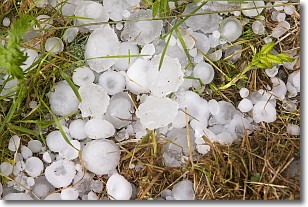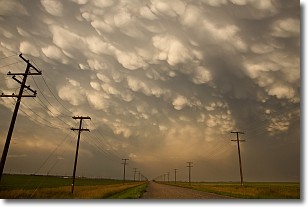Weather Alert in Ohio
Flood Warning issued April 3 at 12:57PM EDT by NWS Northern Indiana
AREAS AFFECTED: Defiance, OH; Henry, OH
DESCRIPTION: ...The Flood Warning is extended for the following rivers in Ohio... Indiana... Blanchard River at Ottawa affecting Putnam County. Saint Joseph River Ohio near St. Joe River Ft. Wayne affecting Allen IN County. ...The Flood Warning continues for the following rivers in Ohio... Indiana... Maumee River near Defiance affecting Defiance and Henry Counties. Maumee River at Fort Wayne affecting Allen IN and Paulding Counties. Saint Joseph River Ohio below Montpelier affecting Williams County. Saint Joseph River Ohio near Newville affecting Allen IN, De Kalb and Defiance Counties. Saint Marys River near Decatur affecting Allen IN, Adams and Van Wert Counties. Tiffin River at Stryker affecting Fulton OH, Defiance and Williams Counties. For the Blanchard River...including Ottawa...Minor flooding is forecast. For the Maumee River...including Fort Wayne, Defiance, Napoleon... Moderate flooding is forecast. For the Saint Joseph River Ohio...including Montpelier, Newville, St. Joe River Ft. Wayne...Moderate flooding is forecast. For the Saint Marys River...including Decatur, St. Mary's River near Fort Wayne...Moderate flooding is forecast. For the Tiffin River...including Stryker...Moderate flooding is forecast. * WHAT...Minor flooding is occurring and minor flooding is forecast. * WHERE...Maumee River near Defiance. * WHEN...Until further notice. * IMPACTS...At 15.0 feet, North end of East Front and Wayne Streets and areas between Main and Prospect Streets flood. * ADDITIONAL DETAILS... - At 12:15 PM EDT Thursday the stage was 12.6 feet. - Recent Activity...The maximum river stage in the 24 hours ending at 12:15 PM EDT Thursday was 12.6 feet. - Forecast...The river will rise to 13.2 feet just after midnight tonight. It will then fall early Saturday afternoon. It will rise to 14.6 feet early Monday morning. It will then fall again but remain above flood stage. - Flood stage is 10.0 feet. - http://www.weather.gov/safety/flood
INSTRUCTION: Stay tuned to further developments by listening to your local radio, television, or NOAA Weather Radio for further information. Caution is urged when walking near riverbanks. Motorists should not attempt to drive around barricades or drive cars through flooded areas. Turn around, don't drown when encountering flooded roads. Most flood deaths occur in vehicles. Detailed river forecasts and additional information can be found at www.weather.gov/iwx under Rivers and Lakes. The next statement will be issued Friday morning at 700 AM EDT.
Want more detail? Get the Complete 7 Day and Night Detailed Forecast!
Current U.S. National Radar--Current
The Current National Weather Radar is shown below with a UTC Time (subtract 5 hours from UTC to get Eastern Time).

National Weather Forecast--Current
The Current National Weather Forecast and National Weather Map are shown below.

National Weather Forecast for Tomorrow
Tomorrow National Weather Forecast and Tomorrow National Weather Map are show below.

North America Water Vapor (Moisture)
This map shows recent moisture content over North America. Bright and colored areas show high moisture (ie, clouds); brown indicates very little moisture present; black indicates no moisture.

Weather Topic: What is Hail?
Home - Education - Precipitation - Hail
 Next Topic: Hole Punch Clouds
Next Topic: Hole Punch Clouds
Hail is a form of precipitation which is recognized by large solid balls or
clumps of ice. Hail is created by thunderstorm clouds with strong updrafts of wind.
As the hailstones remain in the updraft, ice is deposited onto them until their
weight becomes heavy enough for them to fall to the earth's surface.
Hail storms can cause significant damage to crops, aircrafts, and man-made structures,
despite the fact that the duration is usually less than ten minutes.
Next Topic: Hole Punch Clouds
Weather Topic: What are Mammatus Clouds?
Home - Education - Cloud Types - Mammatus Clouds
 Next Topic: Nimbostratus Clouds
Next Topic: Nimbostratus Clouds
A mammatus cloud is a cloud with a unique feature which resembles
a web of pouches hanging along the base of the cloud.
In the United States, mammatus clouds tend to form in the warmer months, commonly
in the Midwest and eastern regions.
While they usually form at the bottom of a cumulonimbis cloud, they can also form
under altostratus, altocumulus, stratocumulus, and cirrus clouds. Mammatus clouds
warn that severe weather is close.
Next Topic: Nimbostratus Clouds
Current conditions powered by WeatherAPI.com




